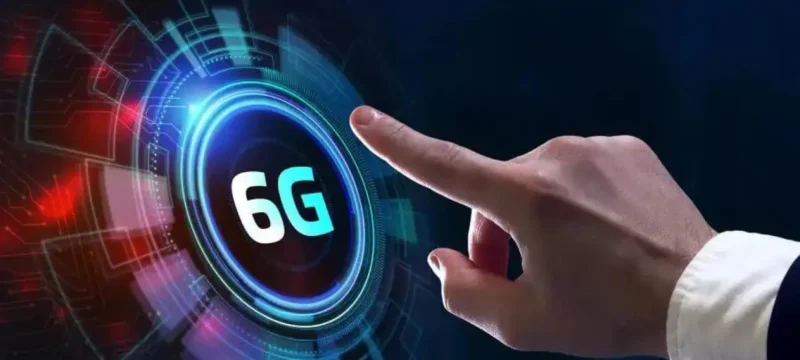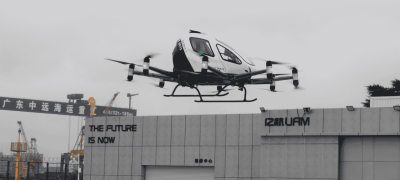A consortium of Japanese firms recently unveiled the world’s first high-speed 6G prototype device, achieving remarkable data transmission rates of 100 gigabits per second (Gbps) over distances exceeding 300 feet. This represents a significant advancement, boasting a 20-fold increase in speed compared to current 5G technologies. The prototype is the result of collaboration among Japan’s leading telecommunications companies, including DOCOMO, NTT Corporation, NEC Corporation, and Fujitsu.
The 6G device, showcased on April 11th, demonstrated its capability to achieve speeds of 100 Gbps both indoors using the 100 gigahertz (GHz) frequency band and outdoors with the 300 GHz band. Tests conducted by the consortium showed successful transmission over a distance of 328 feet (100 meters).
However, it’s essential to manage expectations regarding this breakthrough. The 6G technology is still in the prototype stage and not ready for commercial deployment. Additionally, challenges accompany this new network technology.
Also Read: Honor X40 GT Racing Edition: Lower Price, More RAM
While 5G currently sets the standard for high-speed connectivity with a theoretical maximum of 10 Gbps, real-world speeds, such as those experienced by T-Mobile users in the U.S., average around 200 megabits per second (Mbps). One significant reason for these lower speeds is the use of higher frequency bands in 5G networks, which have limitations such as reduced range and difficulty penetrating objects.
6G takes this further by utilizing even higher frequency bands, potentially leading to challenges in receiving the necessary frequencies for faster data transfers. For instance, during testing, 6G signals experienced interference from various factors like walls and rainfall, affecting signal strength over distances greater than 328 feet (100 meters). In summary, while the prospects of 6G are promising, its practical application and real-world performance remain to be seen, with hurdles to overcome before widespread adoption can occur.









